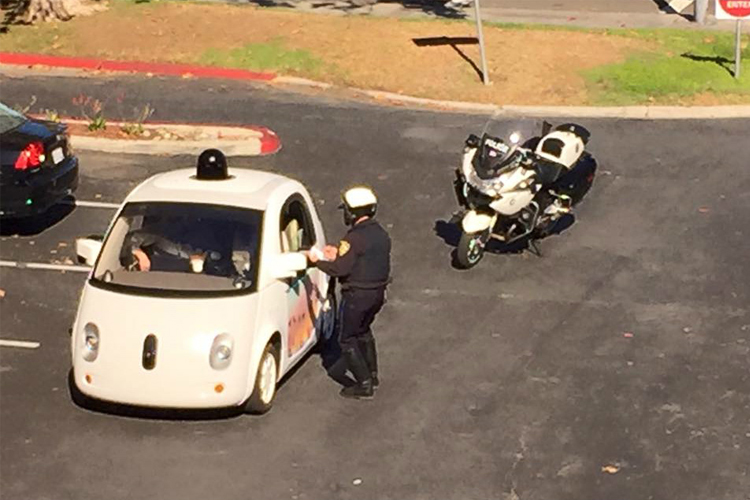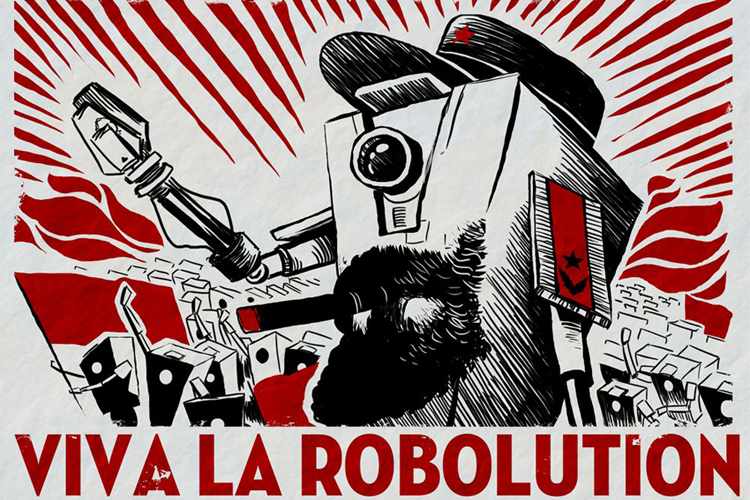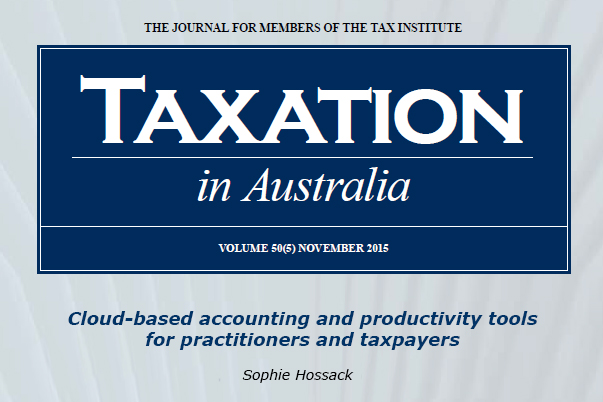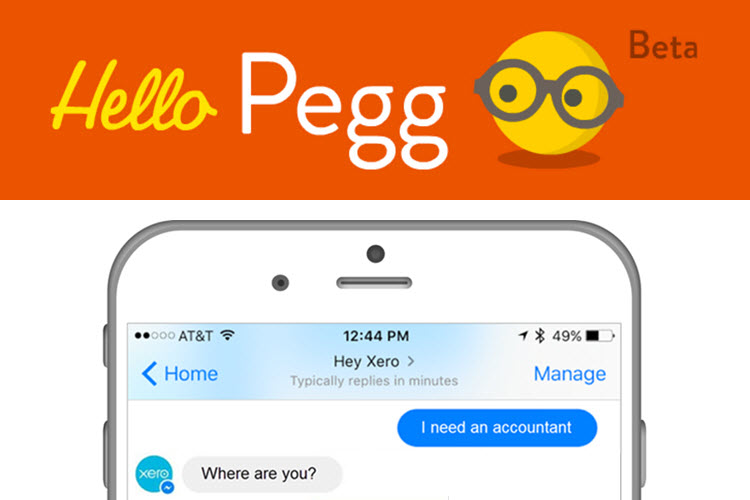A couple of days ago an interesting video was released of the discussion between Ron Lesh of BGL and Peter Switzer. In the video there is plenty of discussion about the changing laws and reporting requirements for SMSF’s in Australia, and the fluid and every changing nature of SMSF’s and SMSF reporting. The ever changing SMSF laws have been the subject of plenty of discussion in Australian press, and the new reporting requirements of 1 July have been concerning.
It certainly seems that more reporting and more compliance burden is on the horizon. And there are already murmurings that the compliance burden is being pushed onto Australian accountants, with likely fee pressures as taxpayers will be reluctant to accept the increased reporting burden.
At the same time, there has been plenty of press recently about Automation is likely to impact a large number of jobs in the next 10 to 15 years.
So will automation reduce some of the reporting burden?
Some reports comment that up to 40 percent of jobs (5 million jobs) are likely to be automated in the next decade or so. While it is more likely that initially particular tasks will be automated (transaction matching suggestions as we are seeing in bookkeeping systems), it seems in the longer term that there will be continued automation (auto transaction matching?), and we are on the cusp of seeing systems that can suggest or process without accountant / bookkeeping intervention.
The jury still seems out as to the extent to which automation will reduce the SMSF compliance burden of Australian accountants, but it is going to affect it. The only question is when and by how much.
The “how much” is going to become reasonably apparent as we see the gains made by automation in Australian bookkeeping software. To some extent this will be the canary in the coal mine. Many pundits are already talking about 100% automation for simpler SMSF’s with standard investments.
The “when” of these changes is also readily determinable. SMSF software have made major inroads into automation with moving to the cloud. It should be only a year or two when the majority of SMSF’s are recorded, stored and processed in the cloud. After that time we can expect automation to become the focus of SMSF software houses, so the impact of this automation is likely to hit between the 3-5 year period.
So for those SMSF accountant, in Australia or offshore, automation is likely to impact the future of their work in the 3-5 year period.
Our closing thought. At the point in time the government can capture each transaction digitally, then it is likely that transactions will be reported automatically and in real time by online SMSF software. Certainly increased frequency of reporting is being communicated and discussed in the interview we mentioned in our opening paragraph.
At the same time, digitization and the cloud may have ramifications for compliance. When all transactions are immediate, it seems a logical step to evaluate a transaction tax being leveraged on a transaction, reducing or minimizing the need for annual compliance.









